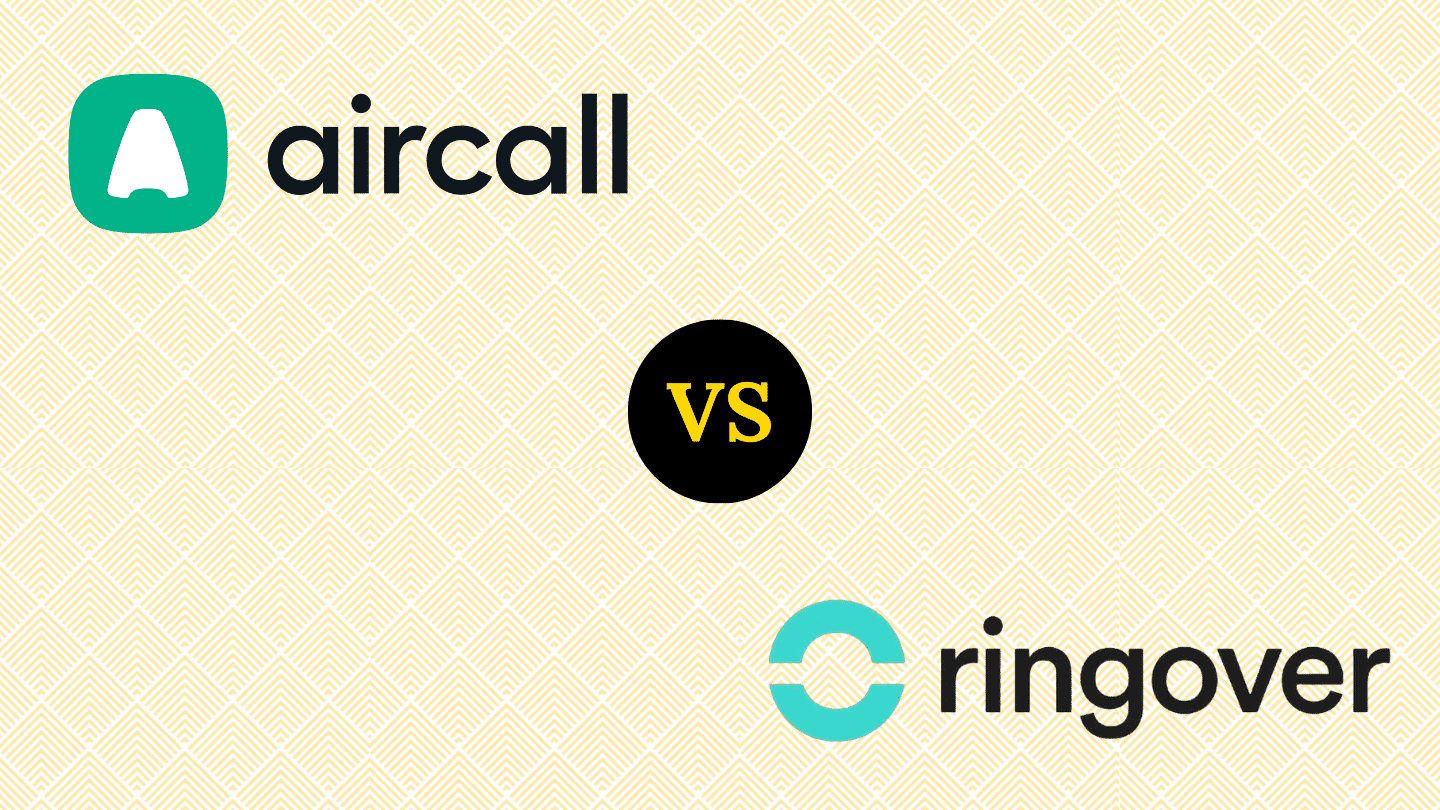Looking to improve your sales techniques?
You’re right to be interested in the sales discovery plan.
It’s the essential tool for turning prospects into customers.
But a good discovery plan isn’t just a list of questions to be asked mechanically.
If you’re here, it’s because you know there’s a real know-how involved in designing an effective plan.
And you’re right!
Too many sales reps launch into their meetings without a clear framework, asking questions blindly and missing out on decisive information about their contact.
The result?
Messy exchanges, misunderstanding of needs, and failed sales.
In this article, we’ll take a look at the secrets of a successful sales discovery plan.
We’ll look at how :
- Structure your discovery in 5 key steps.
- Ask the right questions at the right time (with concrete examples).
- Analyze your prospect’s responses to refine your approach.
- Adapt your discovery plan to different types of audience.
Whether you’re an experienced salesperson or an entrepreneur just starting out in sales, you’ll find here a comprehensive method for designing discovery plans designed to boost your sales performance.
Sommaire
What is a discovery plan? Definition
The discovery plan is a series of questions – some call it a script – designed to help your sales reps identify the information they need to make the right diagnosis and propose the right offer to the prospect.
A well-structured discovery plan gathers relevant information.
This data enables you to refine your sales arguments.
As a result, your sales force is better equipped to deal with objections.
Essayez notre moteur de recommendation pour shortlister les 3 logiciels les plus adaptés à votre besoin
The objectives of the commercial discovery plan
We’re often told that sales discovery is a key phase in the sales process.
But why exactly?
Here are the main objectives of a sales discovery plan (and of sales discovery in general):
- Understanding the prospect’s needs.
It’s a no-brainer, you might say.
But you’d be surprised how many salespeople miss the point.
It’s not just a question of asking “What are your needs?
No, the challenge here is to dig deeper, to unearth needs that the prospect isn’t even aware of.
That’s where it gets interesting! - Establish a relationship of trust.
You can’t buy from just anyone, can you?
Commercial discovery is your chance to show that you’re not just there to sell your product, but that you’re genuinely interested in your prospect’s problems. - Qualifying the prospect.
It’s a fact that not all prospects are created equal.
Commercial discovery allows you to sort the wheat from the chaff.
Budget, authority, need, timing (BANT for short): that’s what you need to assess.
It’ll help you avoid wasting your time on prospects who will never convert.
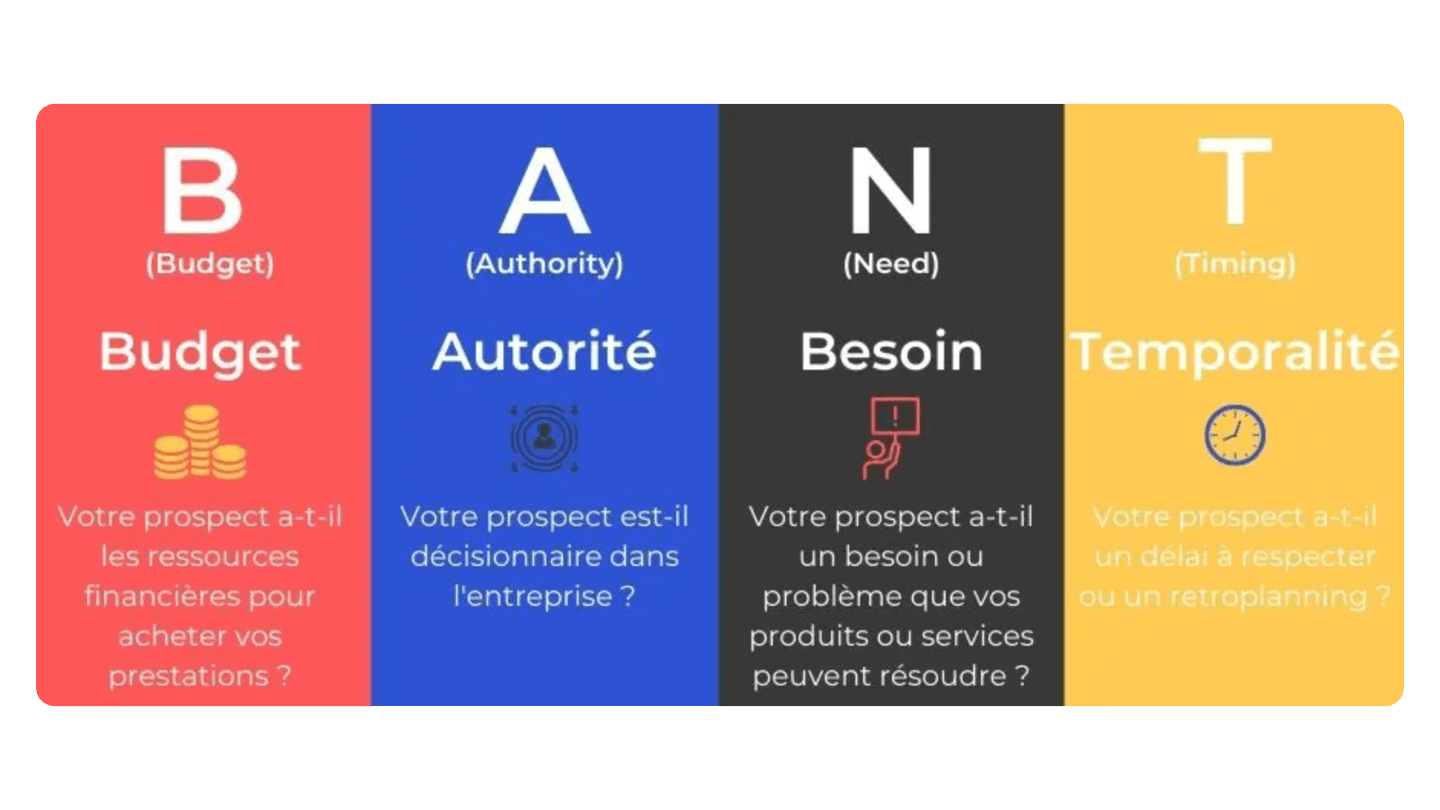
- Preparing the sales pitch.
Just imagine: you’ve got all the information you need to tailor your sales pitch.
It’s a game-changer, isn’t it?
That’s exactly what good sales discovery does.
No more generic pitches that speak to no one… - Define next steps.
A successful sales discovery always concludes with a clear Sales Action Plan.
Whether it’s a demo, a sales proposal or a new appointment, you need to know where you’re going.
And so does your prospect!
In short, mastering commercial discovery means moving from the status of a simple salesperson to that of a true partner for your customers.
And that, believe me, changes everything in your sales approach!
Structure your commercial discovery plan in 5 steps
#1 Identify the customer context
All prospects/customers need a solution that meets a need.
This is also known as a customer issue.
By the time they come into contact with your teams, prospects will already have done some research into the solutions likely to satisfy their immediate needs.
It’s therefore important to seek out this information through a discovery plan.
Identifying the customer’s context enables you to understand the origin of their needs, as well as their desire (or not) to change their priorities.
To master the context, your teams need to be able to answer some of these questions:
- What events are likely to influence the prospect’s final decision?
- What actions have already been deployed, and what decisions has it been able to take?
- What are the results?
- What is the prospect’s analysis of his situation?
The FARP method
To identify the customer context, we recommend you study the
FARP method:
- Gathering the Facts,
- Actions,
- Results obtained,
- and your interlocutor’s Perception (his opinion and feelings).
Salesdorado tip Adapt your questions and your pace to the “level” of your contact: C-levels (CMO, COO, etc.) are more pressed for time.
They therefore have much less patience.
Use only 4 to 8 quality open-ended questions to discover their business needs.
After that, success rates drop considerably.
#2 Understanding customer needs
Researching and understanding your prospect’s needs enables you to identify what he wants to change or improve.
To help him make the right decision, both you and he need to share the same analysis of his needs.
You need to know what the customer wants to achieve or improve.
You also need to understand why this objective is essential to them.
Your understanding will be complete once you’ve understood and listed all the customer’s needs, and prioritized them.
Here are some questions that may be helpful:
Sample questions: “How do you manage the challenges of integrating and ramping up new recruits as your team grows?” “To what extent is time an obstacle to coaching your representatives more frequently?”
#3 Discover buying motivations
Behind every customer need lies a motivation.
The objective of your sales teams is to determine the prospect’s underlying motivation.
This will enable you to put forward a much more effective sales pitch.
This study of deep-seated motivation involves a carefully thought-out discovery plan.
The more relevant information your teams can gather, and the more likely it is to trigger a purchase, the better your sales proposals will match the prospect’s expectations.
Enriching the customer discovery plan, particularly by taking notes, is essential.
You’ll appear more professional and more involved with the prospect, while gathering high value-added data.
The SONCAS method
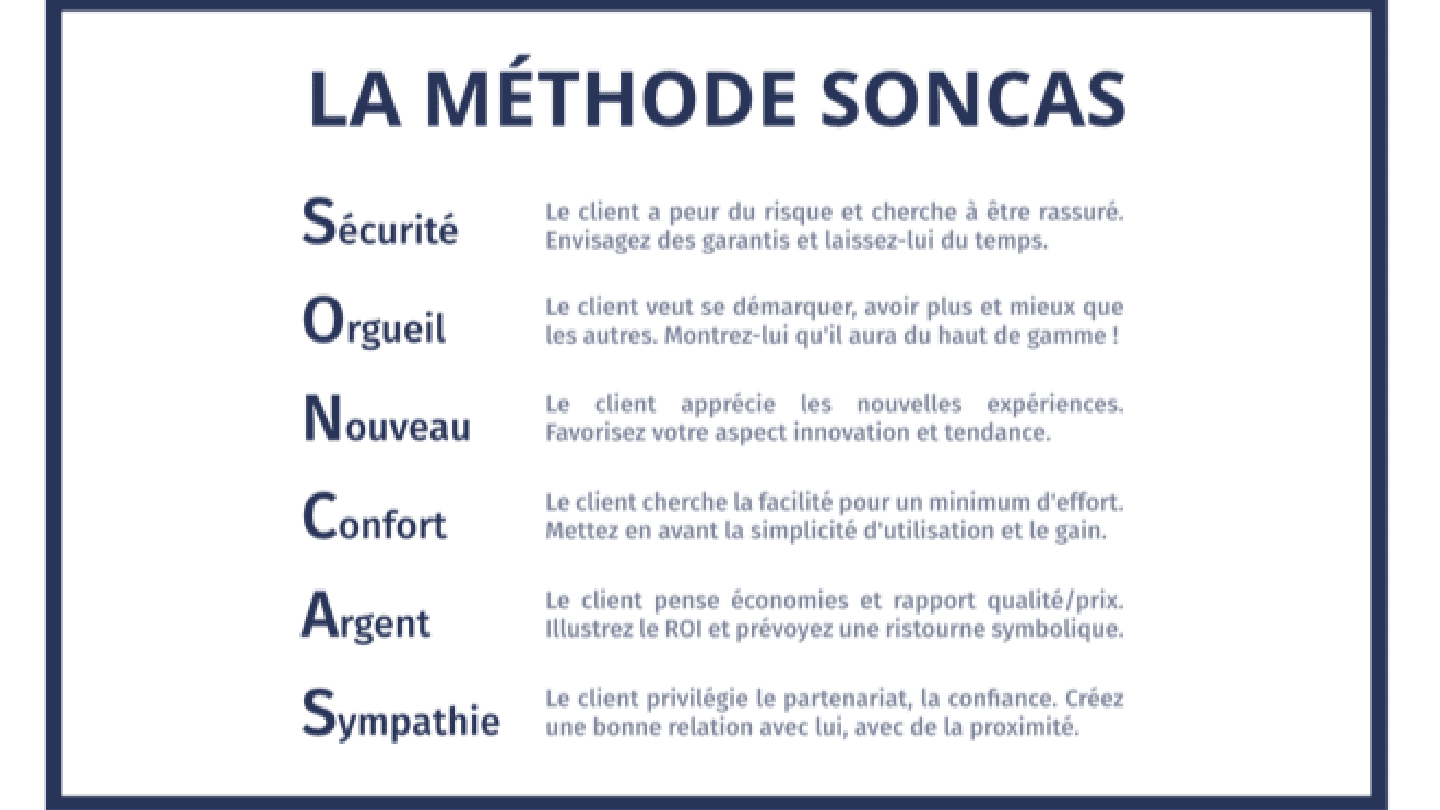
It involves getting to know the prospect by asking questions to better understand his or her profile, expectations and reasons for buying.
The sales team then tailors the sales pitch to match the prospect’s ideal.
However, there are other factors involved, including the subconscious, which accounts for 90% of the decision.
Here are a few questions to help you do just that:
Example questions: “How much sales per sales person do you think you’re missing out on at the moment, because of your training time, which you think is two months too long?” “If you could coach your sales reps more frequently, how many more deals do you think they would manage to close?”
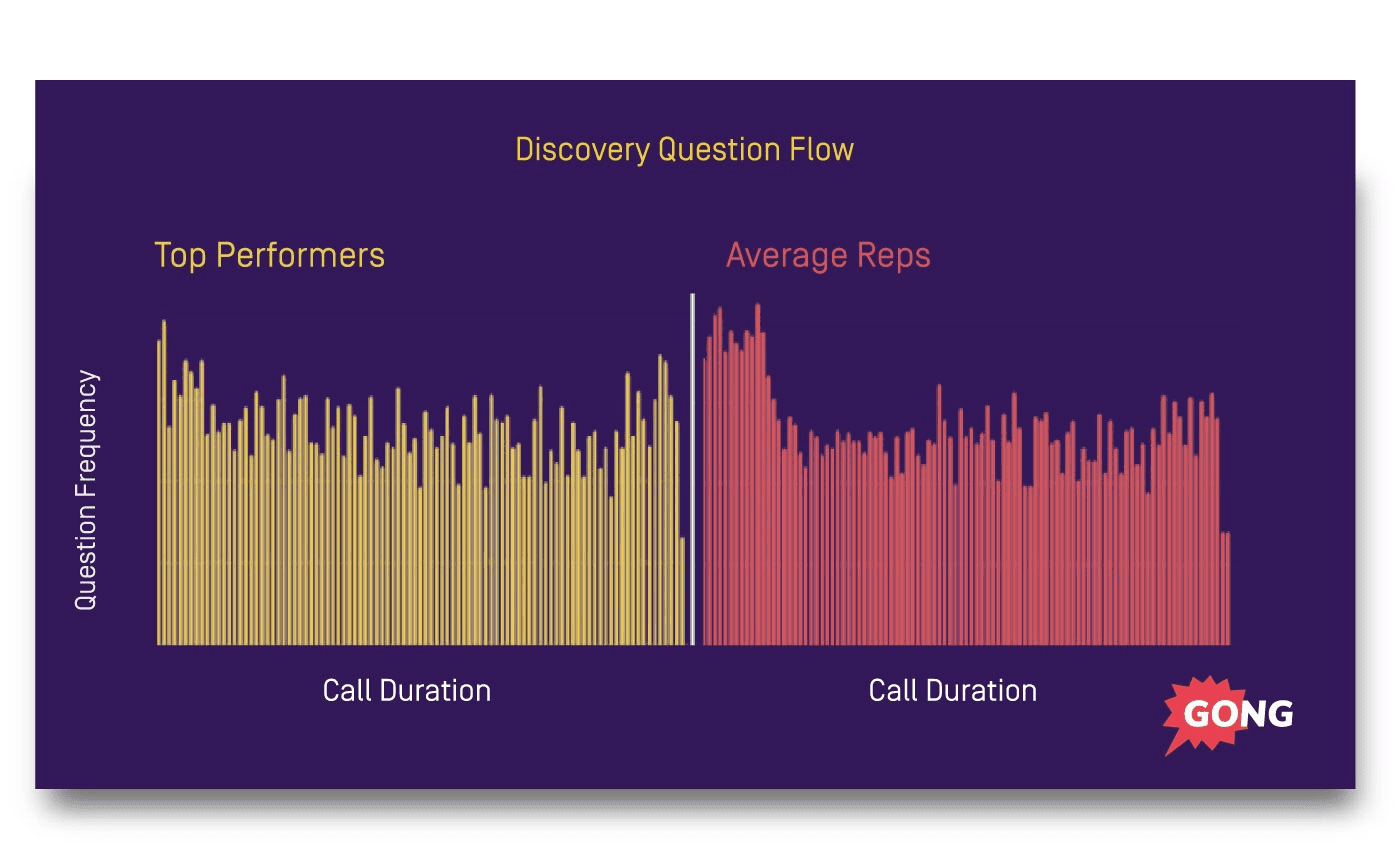
They don’t see the discovery plan as a “static” element.
In other words, they ask questions as the discussion progresses.
On the right, we see that “average” salespeople ask most of their questions in the first few minutes of the call.
They don’t take into account the evolution of the discussion.
Very quickly, the number of topics and questions asked decreases until it’s very low in the final moments of the call.
Salesdorado tip Limit the number of questions you ask here (between 11 and 14 questions).
Too many questions make the conversation painful & difficult.
Don’t load your questions at the beginning of a call.
Listen, and adapt them to create a real dialogue.
#4 The pitch
Storytelling is an important way of arousing empathy and emotion.
Your prospects base part of their decision on the challenges faced by people with similar experiences, rather than on what your sales rep deems good or bad for them.
This is one of the reasons why many companies offer case studies.
These testimonials demonstrate how your offer or service has helped a company solve a problem.
Storytelling is an excellent alternative to in-depth sales questions, which can stump salespeople.
To be ready, however, we recommend that you don’t improvise and prepare your approach, by :
- Consult account history via your CRM software
- Checking the recent activity of the company and your contact person
- Spending a little time scouring press articles and press releases for any major updates, initiatives, hirings or changes.
- Using LinkedIn to identify your common connections and highlight them where appropriate.
These elements allow you to prepare in advance the story you could tell your prospect.
Salesdorado tip If you manage to trigger emotion during this phase, name these emotions, help customers feel understood with phrases such as: “it seems like…”; “it seems like…”; “it seems like…”; “it seems like…”; “it seems like…”. “it feels like…”.
#5 Preparing the next steps
The aim of the discovery plan is to move the prospect along the funnel and close it.
If your sales rep feels that his or her first approach has been a success, it’s time to summarize the reasons why the proposed product/service seems useful to the prospect.
There are two ways of doing this:
- The “hypothetical” closing: this method allows you to confirm to your prospect how you feel you’re capable of helping them move towards their objectives and meet the challenges identified during the call.
The aim is to approach the subject in a tone that inspires confidence, without overselling your product. - The “prospect buy-in” closing: This method invites the prospect to tell you what challenges he or she faces, while asking you how to overcome them by using your solutions, for example.
The last important aspect of closing is involving other parties in the sales process.
In practice, few salespeople do this.
Many lose the opportunity to shorten the sales funnel.
Essayez notre moteur de recommendation pour shortlister les 3 logiciels les plus adaptés à votre besoin
What questions should I ask a customer during the sales discovery phase?
#1.
Les questions ouvertes : méthode QQOQCP
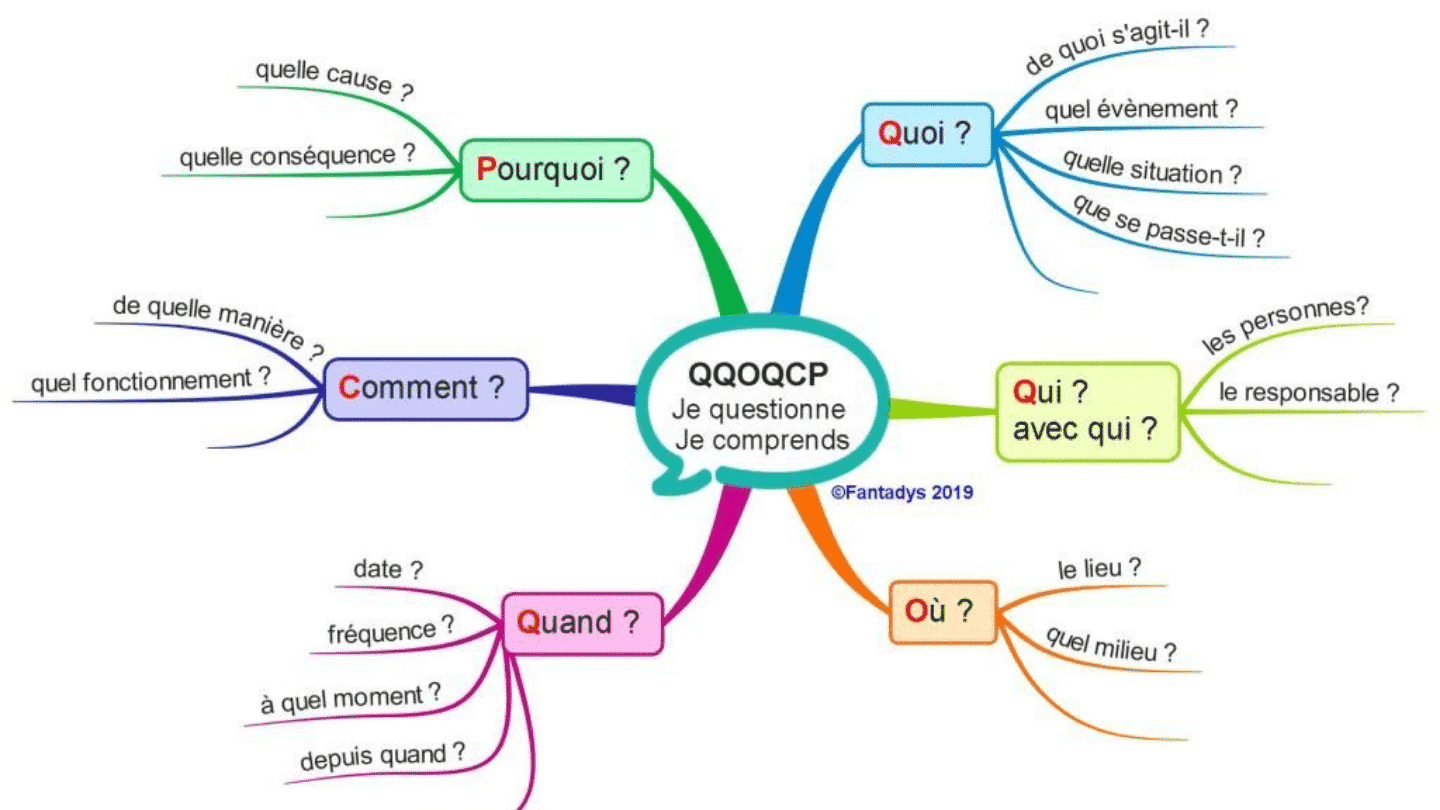
This provides a general understanding of the situation.
In a commercial context, the salesperson then finds the solutions best suited to the prospect’s needs, after analyzing the data.
QQOQCP questions allow prospects to have their say.
They are free to express their expectations, needs and motivations.
They develop structured answers that are interpreted by the sales rep.
Here are a few examples of questions:
| Formulas | Questions |
|---|---|
| Who? |
|
| What? |
|
| Where? |
|
| When? |
|
| How much? |
|
| Why? |
|
#2.
Les questions fermées
The aim of closed questions is to obtain a precise answer from the prospect, usually “yes” or “no”.
This gives you the information you need to help them choose between various solutions.
Finally, you can obtain factual information (figure, date).
In a discovery plan, the point of this type of question is to confirm understanding of what is being said.
You can use these questions to push the interviewer to validate a proposal or obtain quantifiable data.
Caution Your sales meeting is not intended to turn into an interrogation.
That’s why we recommend that you analyze the situation so that you can add value as a salesperson, with interesting information or information likely to appeal to the prospect, at the most appropriate moment.
#3.
La reformulation commerciale
Sales reformulation enables the prospect to confirm your analysis of the elements obtained during your discovery plan.
This enables you to formulate a relevant sales offer that meets the prospect’s needs.
There are several types of reformulation:
- ECHO reformulation: you need to make the prospect understand that he’s being listened to.
This encourages them to expand on what they’ve said, making it more complete. - Reformulation Deduction: the salesperson’s aim is to improve his or her knowledge of the customer.
- Reformulation Summary: the idea is to validate a situation expressed by the prospect, in order to move the exchange forward towards the objective you’ve set yourself.
#4.
Après les questions, l’écoute active
It’s estimated that the best salespeople talk for an average of 46% of their prospecting call.
They leave 54% of the total talk time to their prospect.
Of course, talking for 46% of your call time won’t magically close your offer.
This is the ideal threshold.
Beyond 65%, on the other hand, there’s a high risk of losing attention, and therefore of cancelling your offer.
Experience helps you to better structure your calls to reach this statistic.
Coupled with a discovery plan and an ability to adapt to your customers’ needs, you’ll be able to see your statistics improve.
How can you adapt your discovery plan to the customer’s posture?
Obviously, the salesperson must adapt the discovery plan to each customer, but this can be facilitated by proposing a framework, based on the customer’s posture, for example.
Depending on whether the customer is cooperative, reluctant or indifferent, you can modulate the plan to suggest leads to your teams and guide their reaction.
Cooperative customer
A cooperative customer is one who is willing and able to provide information during the sales diagnosis.
This is the most obvious sales situation.
It’s the easiest case for your sales teams to handle.
Salesdorado’s tip We invite you to collect the FARPs by alternating open/closed questions and rephrasing to obtain the customer’s context, priority needs and motivations.
Reluctant customer
A reluctant customer finds it difficult to provide information during a sales meeting.
Distrustful, or unable to hold a dialogue, they don’t go into detail.
We invite you to provide your customer with high value-added information.
This will make him react:
- Make the most of previously collected information: bounce back on the data collected during your previous interviews.
You can then link the data to the sales information you’re planning to offer. - Share data and factual information: get the interviewer to react by offering figures (key indicators, studies).
This opens up the dialogue and allows for more in-depth discussion. - Put your offer ahead of the competition: why is your offer preferable to those of your competitors?
- Use social proof: highlight your recommendations, rewards or case studies.
This allows the customer to react and start a discussion.
Customer indifferent
In some cases, the person you’re talking to may see no point in talking to you.
They may have no desire to change their situation or their point of view.
This is known as the indifferent customer.
This is the most complicated case for sales teams to deal with.
Go further You can find out more about our content on telephone prospecting and closing techniques at :
- Our complete guide to cold calling
- Our call and sales script list
- Our complete guide to help you closer faster
- Our calling plan
- Our selection of the top 10 phoning software programs to boost your prospecting.



